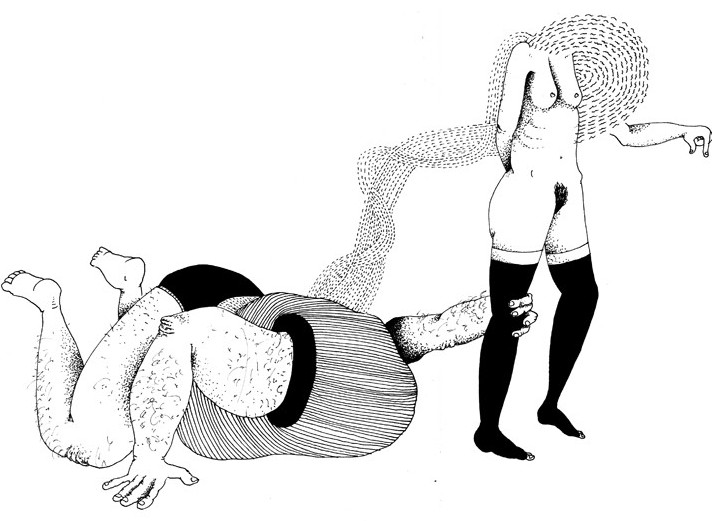A frowny face is not what most electric customers expect to see on their utility statements, but Greg Dyer got one.
He earned it, the utility said, by using a lot more energy than his neighbors.
“I have four daughters; none of my neighbors has that many children,” said Mr. Dyer, 49, a lawyer who lives in Sacramento. He wrote back to the utility and gave it his own rating: four frowny faces.
Two other Sacramento residents, however, Paul Geisert and his wife, Mynga Futrell, were feeling good. They got one smiley face on their statement for energy efficiency and saw the promise of getting another.
“Our report card will quickly get better,” Mr. Geisert wrote in an e-mail message to the Sacramento Municipal Utility District.
The district had been trying for years to prod customers into using less energy with tactics like rebates for energy-saving appliances. But the traditional approaches were not meeting the energy reduction goals set by the nonprofit utility’s board.
So, in a move that has proved surprisingly effective, the district decided to tap into a time-honored American passion: keeping up with the neighbors.
Last April, it began sending out statements to 35,000 randomly selected customers, rating them on their energy use compared with that of neighbors in 100 homes of similar size that used the same heating fuel. The customers were also compared with the 20 neighbors who were especially efficient in saving energy.
Customers who scored high earned two smiley faces on their statements. “Good” conservation got a single smiley face. Customers like Mr. Dyer, whose energy use put him in the “below average” category, got frowns, but the utility stopped using them after a few customers got upset.
Does it work?
When the Sacramento utility conducted its first assessment of the program after six months, it found that customers who received the personalized report reduced energy use by 2 percent more than those who got standard statements — an improvement that Alexandra Crawford, a spokeswoman for the utility, said was very encouraging.
The approach has now been picked up by utilities in 10 major metropolitan areas eager to reap rewards through increased efficiencies, including Chicago and Seattle, according to Positive Energy, the software company that conceived of the reports and contracts to produce them. Following Sacramento’s lead, they award smiley faces only.The Motivation: Competition over Common Sense
Robert Cialdini, a social psychologist at Arizona State University, studies how to get Americans — even those who did not care about the environment — to lower energy consumption. And while there are many ways, Dr. Cialdini said, few are as effective as comparing people with their peers.
In a 2004 experiment, he and a colleague left different messages on doorknobs in a middle-class neighborhood north of San Diego. One type urged the residents to conserve energy to save the earth for future generations; another emphasized financial savings. But the only kind of message to have any significant effect, Dr. Cialdini said, was one that said neighbors had already taken steps to curb their energy use.
“It is fundamental and primitive,” said Dr. Cialdini, who owns a stake in Positive Energy. “The mere perception of the normal behavior of those around us is very powerful.”Source: Utilities Turn Their Customers Green, With Envy
.jpg)
.jpg)
.jpg)


.jpg)